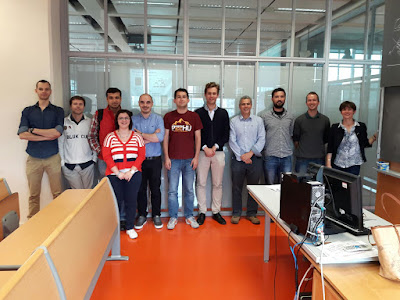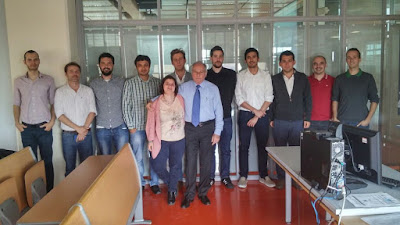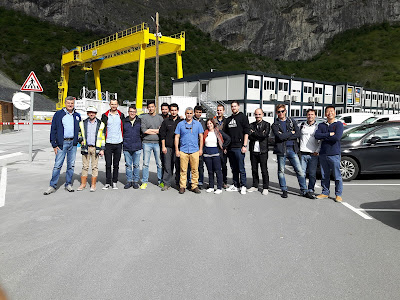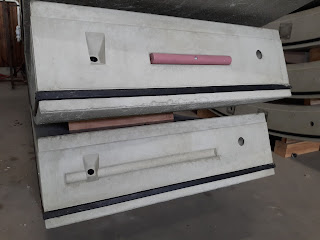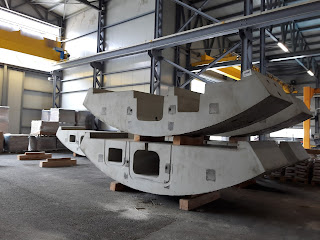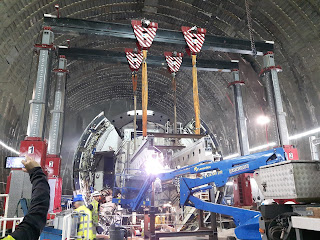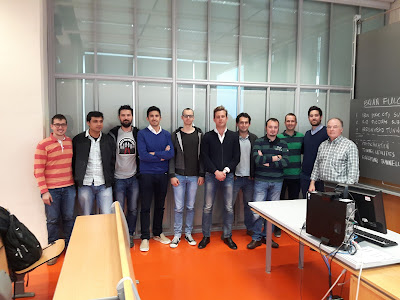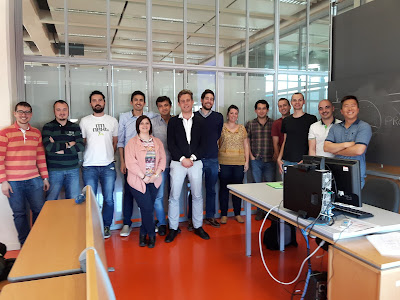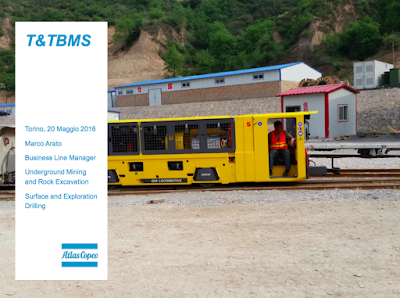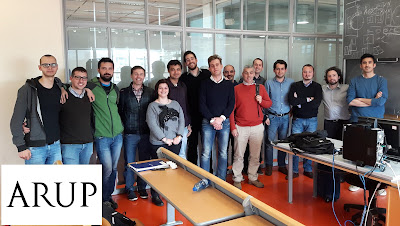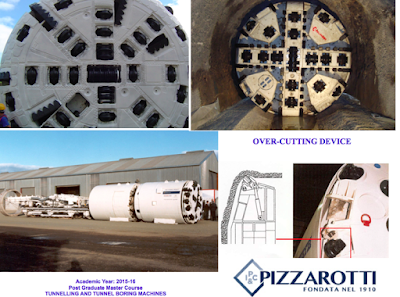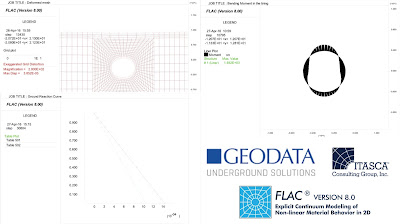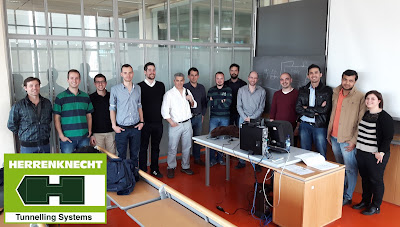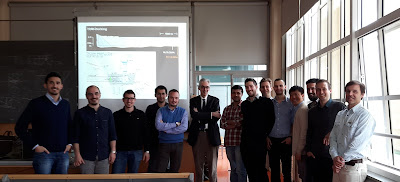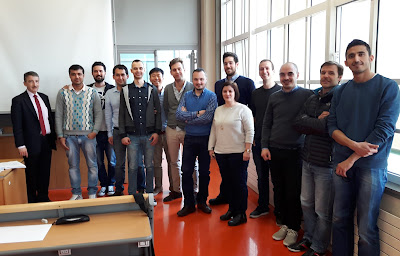Day 1 (06/07/16):
During the last week we had the opportunity to visit
some very interesting sites as a conclusion of the course.
To start with, we went to the hydroelectric
power plant of Nant de Drance in Switzerland. In this site, an enlargement of
the system was done in order to double the capacity of an upstream dam. In this
way, by a pumping station is possible to save the energy with an efficiency of 85% in the surplus moments. The
final capacity of the power plant will be 9000 MW. For the twin tube connection to the pumping station an open TBM was used with several ground treatment
operations in order to cross a fault zone with water pressure up to 20 bar and
with high risk of causing settlements to the arch dam. For the twin vertical
shafts of 8 m dia. the raiseborer technique was utilised to drive a pilot
tunnel from which the D&B muck could be removed from the bottom caverns.
Steel lining was required in the most critical components of the tubing system
with the highest requirements for the welding and junction systems. A very
unique and impressive solution was construction of massive underground caverns
for the installation of a batching plant and mechanical offices. A unique
project with the highest standards and a very positive scope in one of the
most beautiful alpine environment.
 |
| Students at Nant de Drance hydroelectric power plant with the extended dam at the back. |
Day 2 (07/07/16):
During the next day we had the fantastic oportunity to
visit Herrenknecht factory in Schwanau, Germany. The leader of the market is
producing their machines in a taylor made and precise way, providing solutions
for most of the underground excavation techniques and scenarios. We visited the
microtunnelling and mining areas and then the TBMs section where the machines
of the upcoming projects are being built. There were several EPBs, Mixshields
and Rock TBMs in different phases of assembly and production. The possibility
to see the separate components and study them in detail it is fundamental to
understand its working principles and functioning. One of the most impressive
experiences for a young tunneler, walking through this small town producing
such powerfull and reliable tools. In the picture, a 15,7m dia. Mixshield TBM
being assembled.
 |
| Students at Herrenknecht factory in Schwanau, Germany. |
Day 3 (08/07/16):
To close the trip we went to northern Italy, in the
border with Austria to visit the jobsite for the future Brenner Base Tunnel (BBT).
The exploration phase was just finished on the italian side by driving an open
rock TBM through the future emergency escape tube, that will be used in the
future for the muck out of the excavated material up to the deposit area to
reduce the impact on local roadways. The project consist of twin tubes for a
high speed railway connection taking part of the South - North corridor from
Naples to Helsinki. The construction should start by the end of this year as
the tender is being closed at the moment. After receiving a presentation on the
main features and challenges of this project by the client’s engineering
company we went to visit the stretch finished as well as the underground TBMs
assembly cavern in the core of the alps. Great attention is being paid in this
project to the communication with the local people, by informing and giving
access in order to reduce the opposition to such a possitive project for the
enviroment and the community.
 |
| Underground TBMs assembly cavern for the Italian lot of the BBT. |





